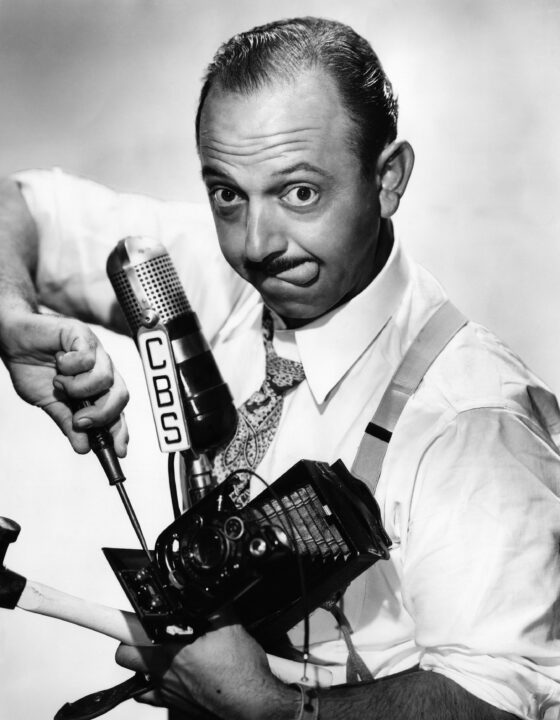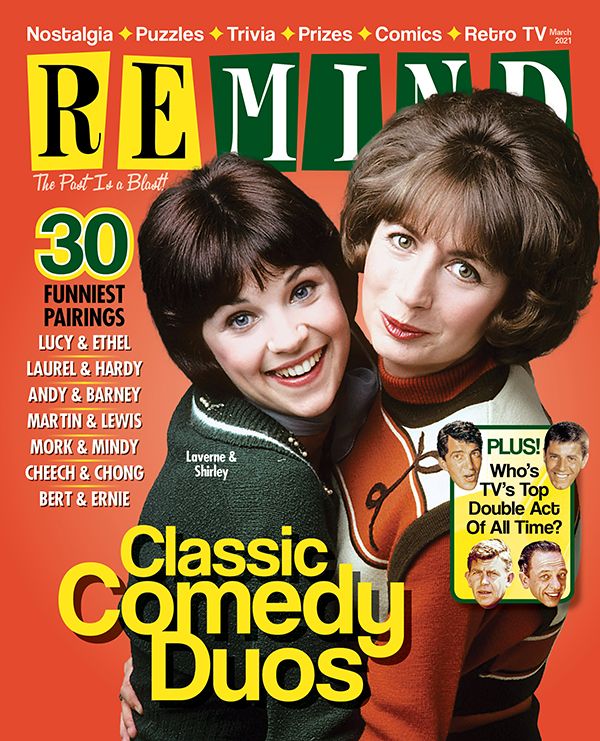Remembering Mel Blanc, the Voice of Many ‘Looney Tunes’ & Jack Benny’s Clunker Car Maxwell

During the heyday of radio drama and comedy, the men and women behind the sound effects were the magicians of radio — creating a perfect mix of sound and imagination. For radio comedy, one of the best-remembered sound effects was The Jack Benny Program‘s Maxwell, a decrepit old car whose condition suggested the comedic skinflint never invested a dime in a new vehicle. Driven by Jack Benny‘s valet, Eddie “Rochester” Anderson, the vehicle itself ran poorly and provided a platform for Rochester to crack jokes about the rattletrap whose engine coughed and sputtered as if stricken with acute bronchitis.

Everett Collection
Maxwell made its debut on Oct. 31, 1937. One day during rehearsals, Mel Blanc stepped up to the microphone to improvise the sound of the Maxwell, and history was in the making. “At one time there was supposed to be the sound of a 1926 Maxwell,” Blanc recalled on Late Night With David Letterman. “The phonograph record that the sound-effects man used had the motor sound on it, and they held their finger on it to make it go slow [to give the impression that the car kept stopping]. When it came to that cue, I saw that they had forgotten to put the electric plug into the socket, and I jumped up to the microphone, and I made a 1926 Maxwell [sound].”
The rehearsal included a studio audience, providing both the cast and crew a gauge to which jokes were funny and which ones should not be used on the broadcast. Following Blanc’s improvisation, a tremendous roar of laughter and applause erupted from the studio audience, and Benny laughed as well. As Blanc recalled in his autobiography, “Precisely at the moment of ignition, I stepped up to the mike and mimicked the sound vocally. That last ‘ptui’ was so final, garage attendants should have drawn a white sheet over the expired automobile. In between laughs, Benny exclaimed, ‘Mel, you’ve gotta do that on the show!’ From that day on I was Maxwell.”
In his autobiography, Benny referred to this as “Mel Blanc’s finest hour as a vocal impersonator.” The Maxwell quickly became a living, breathing recurring character on the program, and Blanc was rewarded with much larger roles to play on the program, including Polly the Parrot and Carmichael the Polar Bear. For almost all of the radio broadcasts that followed, Blanc supplied the voice of Maxwell. (Pinto Colvig, the vaudevillian known for playing Bozo the Clown, played the role for a short time when Blanc was unavailable.)
Ironically, Blanc received little — if any — screen credit for many of the animated cartoons produced by the film studios during the 1930s. He received on-air credit for his radio work far more than the animated cartoons he voiced. But radio listeners rarely took note of who voiced the bucket of nuts and bolts that sounded almost human. And the biggest compliment came from Benny himself, who once said, “There are only five real people in Hollywood. Everybody else is Mel Blanc.”
Hollywood 360 is a nostalgia radio series heard on top radio stations across the country. Each week, host Carl Amari presents six classic radio shows during his four-hour broadcast. To hear the weekly podcast of Hollywood 360, log on to his website here.

Classic Comedy Duos
March 2021
Chuckle at television & films funniest comic duos.
Buy This Issue
